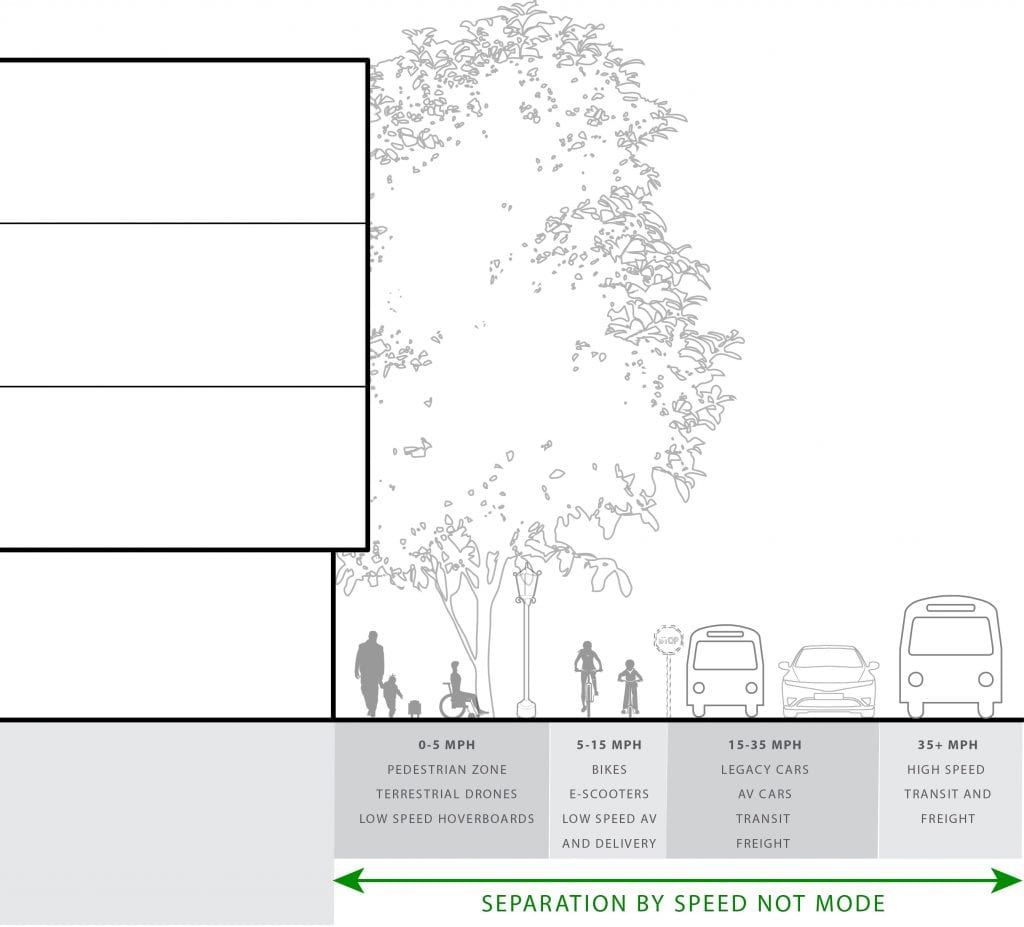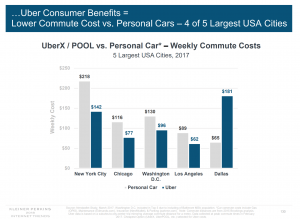As Portland’s Willamette Week writes, the scooters are coming. Portland’s Bureau of Transportation recently announced that it was accepting applications for shared electric scooters after putting the finishing touches on a comprehensive, thirty-five page permit application. (Read it in full here.) The permitting process is preparing the city for a 120-day pilot period which could start as early as the end of July, according to a PBOT spokesperson. After witnessing the scooter invasion in places like Santa Monica and San Francisco where scooters appeared virtually overnight, to the consternation of many city officials, Portland staff were motivated to get a permitting policy in place ASAP. Here are some important highlights of the application:
- E-scooters will be capped at 2,500 TOTAL throughout the pilot period.
- Every company holding a permit to deploy scooters will be required to deploy a minimum of 100 scooters or 20% of its local fleet in historically underserved East Portland neighborhoods as defined by the City’s 2035 Comprehensive Plan.
- In addition to requiring safety and complaint histories, the application process also requires companies to submit a user equity plan and an economic opportunity plan.
- Companies must adhere to a data sharing agreement.
- AND there will be $0.25 per-trip surcharge assessed by the City.
Yes, you read that right. The City of Portland is assessing a per-trip surcharge, and according to Sightline Institute’s Michael Andersen that’s just fine. Andersen argues that over-regulating scooters (like capping the number of scooters) is a bigger risk than overtaxing them. This is a thorough and interesting piece…definitely recommended reading. While only time will tell how this all plays out, this permitting process appears to holds promise, especially if the equity components are realized.
Ready, set, scoot.







